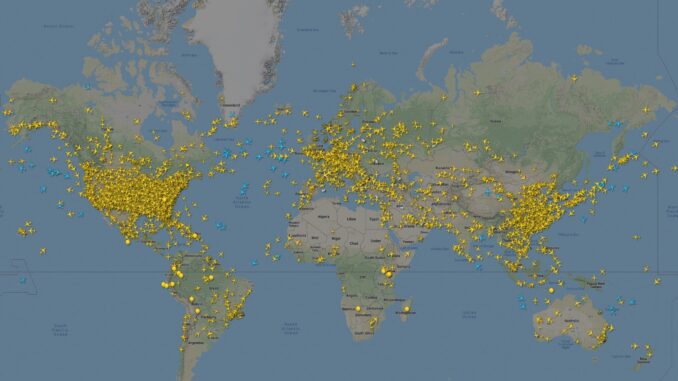
International conferences are anachronic remnants from the past century that have outlived their legitimacy and functionality. These events generate outlandish Carbon Footprints, and the sheer number of participants hinders the quantity and quality of interactions that were meant to justify them. Take as examples the International Pragmatics Research Association conference that took place in Brussels in July 2023, or the European Association of Archaeologists congress that was held in Belfast the same year: 1,600 and 3,000 participants respectively, even if some of them read their paper remotely, involved numerous continental and transcontinental flights.
The sheer number of participants made it necessary to schedule so many parallel sessions across a wide campus that most participants were locked into a restricted number of events, thus precluding the constructive exchanges, both formal and informal, that are the invaluable outcomes of international interactions among researchers. Even in the case of the IPrA which recorded all sessions that became available later online (exclusively, though, to the paying members of the organization), the “dematerialization” of the events amounted to a “de-humanization”, “de-contextualization”, and “monetization” of the precious epistemological commodity provided by the open-ended dynamic of live, democratic scholarly communication.
Another perverse effect of those oversized gatherings is the necessary, but politically sensitive economy of time and space. The allocation of prime space and prime time to some high-profile individuals or to representatives of some particular paradigms creates the familiar and meaningful opposition between center and periphery. Whether by design or by chance, this process generates de facto second-rate participants. The status of plenary, or key-note speakers entails economic advantages, usually financed by the registration fees that others have to pay. This can lead to caricatural abuses such as the case of the Nanjing 11th Congress of the International Association for Semiotic Studies (2012) in which most of the members of the Organizing Committee had scheduled themselves as “plenary speakers”.
The time has come to develop alternative modes of scholarly and scientific gatherings of the minds that are eco-conscious and user-friendly rather than scientifically and socially dysfunctional as well as unconscionably disastrous for our planet. The Internet offers the opportunity to devise platforms that will fulfill the essential scientific and social functions of international conferences by fostering meaningful interactions among researchers through streaming events distributed in time and space. The Carbon Footprint will not be nullified, but very significantly reduced. The lack of co-bodily presence will be (somewhat) compensated by the face-to-face interactions afforded by current Internet technologies. If sessions do not have to be densely packed within a restricted space and time, but can be distributed over days and weeks across various time zones, with the possibility of enabling supplementary interactive platforms, the essential value of international conferences will be restored within the ecological constraints with which we have to cope. All adaptations involve a trade-off.
The new International Semiotics Commons is a pilot platform designed to provide an experimental tool to facilitate advanced scholarly and scientific interactions.
Participants in the Semiotics Commons conference will need a reliable internet connection with at least 3-6 Mbps upload and download speed for smooth streaming and participation in interactive sessions. A wired Ethernet connection is preferred for stability, though a strong Wi-Fi signal will suffice. Attendees should use a modern device (desktop or laptop recommended), equipped with a webcam and microphone for live discussions via Zoom. For viewing live streams or pre-recorded content, they can access sessions directly through a web browser, with tools like YouTube Live and embedded video platforms, requiring no additional software.
Ongoing discussions will take place in Discord channels that are embedded within the conference pages, allowing participants to engage in on-going conversations without leaving the event platform.
Watch for the announcement of the first Semiotics Commons conference and its call for papers!

Be the first to comment